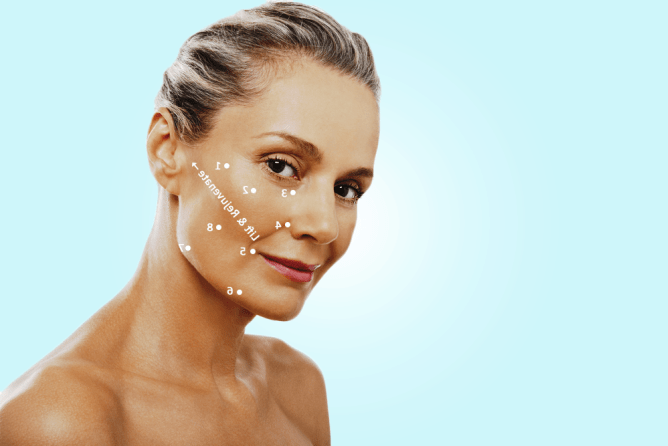Filler
A filler treatment is a cosmetic dermatological procedure that is used to minimize the appearance of facial lines and wrinkles to restore a youthful look. It is a great treatment option for those who want to eliminate the signs of ageing but are not willing to undergo invasive treatments such as a traditional facelift. It works by filling up areas of the face that are prone to sagging to bring back its natural volume and fullness. Although it does not bring permanent results, it offers a simpler, safer, and cheaper way to look younger.
The fillers are expected to temporarily smooth out surface flaws on facial skin. The length of time the results are expected to last may differ depending on the specific product used.
Since the fillers are only injected into the skin, the treatment does not require a long recovery and downtime. Patients can safely go back to their normal routine after the procedure, as long as they avoid strenuous activities and excessive sun exposure. Meanwhile, normal post-procedure symptoms are expected to go away after a couple of days.


